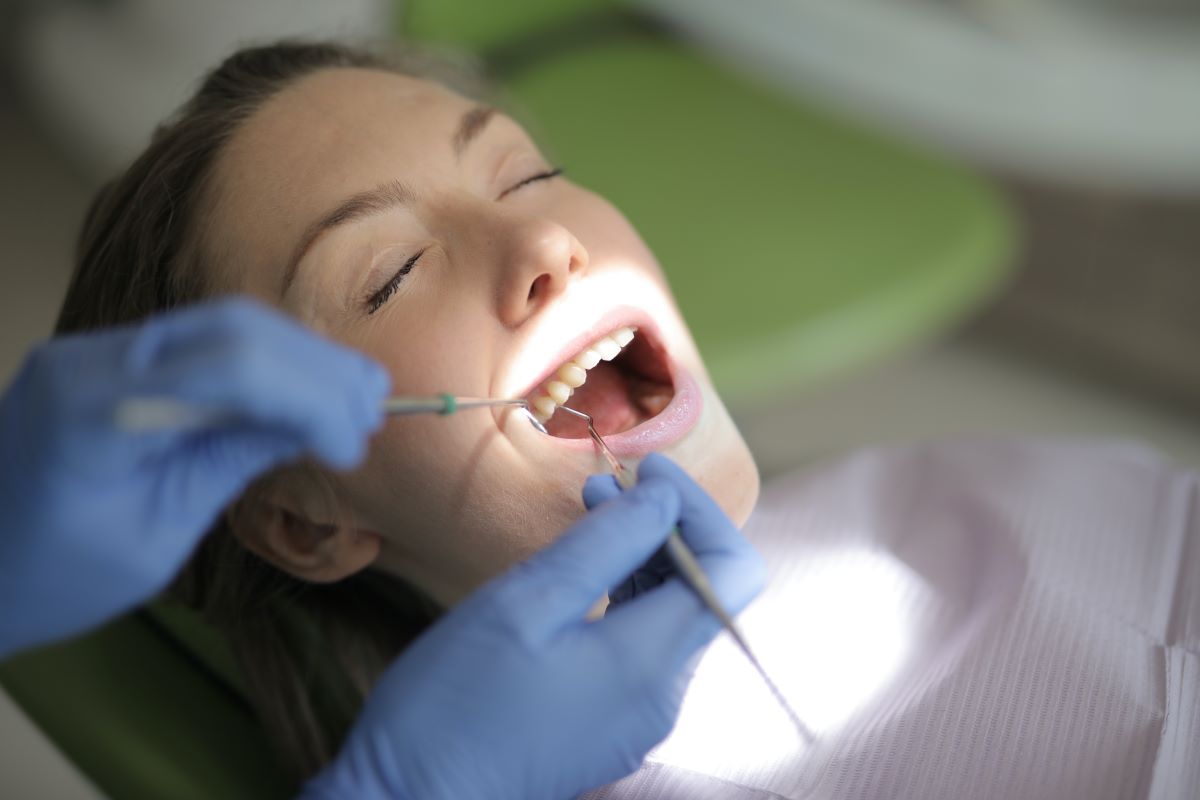According to the World Health Organization (WHO), around 3.5 billion people worldwide suffer from certain types of oral diseases. This number is almost half of the entire world’s recorded population. The thing is that these oral problems can be prevented. If not, they can be treated successfully as long as they are identified early.
Some of the most common oral problems include gum disease, tooth decay, malocclusion, and halitosis.
Gum Disease
Also known as periodontitis, this oral disease is characterized by a serious infection in the gums. The infection can result in soft tissue damage. If not treated, the infection can gradually destroy the bone that supports the teeth. Consequently, the teeth can loosen, leading to tooth loss.
Apart from loose teeth, other symptoms and signs of periodontitis often include swollen gums, tender gums, bad breath, pain when chewing, bleeding gums, and bright red or purplish gums. A person with periodontitis might also spit out blood when flossing or brushing the teeth.
Treatment for periodontitis often involves cleaning the pockets around the teeth and preventing damage to the surrounding bone. Depending on the severity of the condition, the doctor can either recommend surgical or nonsurgical treatments. Surgical treatments include bone grafting, guided tissue regeneration, flap surgery, and tissue-stimulating proteins. Nonsurgical treatments, on the other hand, include root planting, oral or topical antibiotics, and scaling.
Tooth Decay
Also known by the term caries and cavities, tooth decay pertains to the condition wherein the tooth is permanently damaged. The damage is characterized by holes or tiny openings in the surface of the tooth. The condition is caused by bacteria buildup in the mouth, frequent snacking, drinking sugary beverages, and a lack of oral hygiene. When tooth decay and cavities are not given proper treatment, they can get worse. Individuals suffering from this condition can suffer from infection, toothache, and even tooth loss if treatment is not performed.

Common symptoms of this oral problem include tooth sensitivity, stains, and holes or pits. Often, the person might not be aware that cavities are forming in their teeth. That is why it is essential to visit a dentist regularly.
Treatment for tooth decay and cavities includes fluoride treatments, crowns, fillings, tooth extraction, and root canals.
Malocclusion
The misalignment of teeth characterizes this condition. The condition also goes by the name crowded teeth, overbite, underbite, crossbite, and open bite. Without proper intervention, malocclusion can result in oral health complications, such as dental caries, temporomandibular joint problems, and traumatic dental injuries.
Malocclusion is usually inherited. But some changes in people’s habits and conditions can also lead to this oral problem. Conditions that can make a person susceptible to malocclusion include tumors in the mouth or jaw, thumb sucking during the early years of childhood, and injuries that have caused the misalignment of the jaw.
Individuals suffering from malocclusion show signs of having crooked teeth or have teeth sticking out. Others also have buck teeth and other types of teeth misalignment.
Treatment for malocclusion involves the expertise of dentists who specialize in orthodontics. Orthodontists recommend the installation of braces and other dental appliances to correct the problem. Surgery can also be prescribed, but this is often done as a last resort. The treatment can differ from person to person, depending on certain factors, such as age and the type of malocclusion that needs to be treated.
Halitosis
More commonly known as bad breath, halitosis is an oral problem caused by several factors: a person’s diet, tobacco products, mouth infections, and poor dental and oral hygiene. In some cases, halitosis can be caused by underlying health conditions, such as metabolic disorders and some forms of cancer.
Treatment for halitosis often includes the reduction or prevention of factors that lead to bad breath. Oftentimes, the treatment involves the use of mouth rinses and toothpaste prescribed by the dentist. If underlying conditions cause bad breath, the dentist can treat them and refer the person to a specialist or primary care provider.
Except for malocclusion, which can be inherited, all other common oral problems can be prevented by proper oral hygiene. Visiting a dentist regularly also helps. The dentist can diagnose possible problems even before they escalate.






